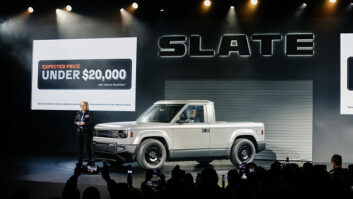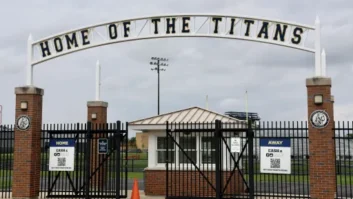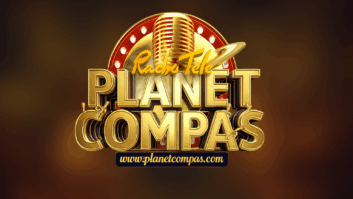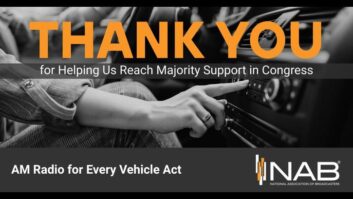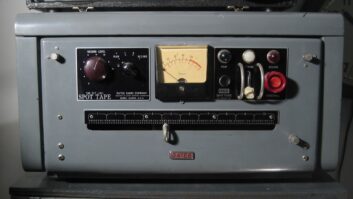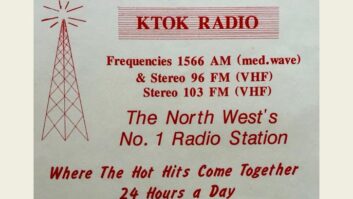Given that online broadcaster Dash Radio is reaching more than 10 million listeners monthly since its launch in August 2014, the company must be doing something right. And what Dash is doing right, said founder Scott Keeney (aka DJ Skee) “is offering listeners online audio that is curated and voiced by actual human beings, rather than focus group-defined playlists that pose as radio being pumped out by soulless computers.”

To be precise, Dash Radio offers more than 80 free audio streams in all genres, produced by some of the world’s top DJs, and with no commercials. Yet although Dash Radio is mainly programmed to millennials and available via their favorite platforms — Android/Apple smartphone apps; Amazon Echo, Sonos, and Google Home smart speakers and online streaming to computers — the programming concept that anchors this digital service appears to be 1970s human-curated FM radio.
Asked if this is the case, Scott Keeney replied, “Absolutely. As much as we are moving forward, we’re also looking backwards to what made analog radio special, and using that knowledge to make what I call ‘digital radio’ special again.”
DASH RADIO’S APPROACH
In harnessing the power of personality driven, human-curated radio in the online world, Keeney is taking a page from the medium’s rock’n’roll revival, after network television stole radio’s audiences in the 1950s. By focusing on the cool factor associated with 1970s FM DJs, as opposed to the top 40 on-air mania of 1960s AM music jocks, he is also appealing to the sophistication of Dash Radio’s listeners and their devotion to major music personalities.
This is why many of Dash Radio music channels are directly produced and voiced by major names in the contemporary music world such as Snoop Dogg, Lil Wayne, Ice Cube and Oscar De La Hoya. Weekly shows are also provided by celebrities such as NFL Hall of Famer Warren Sapp and hip-hop veteran Too Short.
“We have our headquarters here in Hollywood where the majority of our shows are produced, but we have also empowered our talent to build studios wherever they want,” said Keeney.
“For instance, Snoop Dogg build his production facility at his headquarters, and produces his channel out of there. And although he has a range of DJs on his channel, you never know when he might pop into the booth and take over the mic.”
At the same time, Dash Radio isn’t leaving out older listeners. There are music channels based on decades going back to the 1960s, jazz, swing and even classical. But what all of these channel have in common is that they are curated and hosted by people — which Keeney says is what makes Dash Radio different from streaming services such as Pandora and Spotify.
“We look at what the music streaming services are doing, and see their models as being more of a music business transactional system than a form of digital radio,” Keeney said. “It used to be that people would buy a vinyl record, a tape or a CD of their favorite music. Now they pay $9.99 to get anything they want on demand. To us, that’s a different market than broadcast radio, be it over the air or online.”
MAKING MONEY
The fact that Dash Radio is reaching so many monthly listeners has not gone unnoticed by the business community. In October, Dash announced that it had raised $8.8 million in seed money from a group of investors including Nimble Ventures, Slow Ventures, Lazerow Ventures and new board members Kevin Tsujihara and Michael Zeisser, whose business credits include notable work with the likes of Warner Brothers Alibaba Group and Liberty Media.

“With this new funding and an all-star board, Dash is now ready to aggressively expand its footprint and pursue the next stage of its growth journey,” stated Keeney in a news release. “Our team has done an incredible job in building a best-in-class product, and by adding an incredible group of investors and world-class team, Dash will continue to rapidly expand and take advantage of the $45 billion per year radio market as it evolves from analog to digital.”
In that announcement, Tsujihara was quoted saying that Dash is “positioned to disrupt analog radio and convert listeners to Dash users.”

So where are the revenues to come from, to make these investors happy? Well, Dash Radio may not run commercials per se, but its announcers do read 30 second spots during their shifts, just as in the old days of “traditional radio.”
As well, Dash Radio allows sponsors to mount their own individual audio channels on the platform, such as Build-A-Bear Radio. Programmed by the Build-A-Bear Workshop retail chain, this channel offers “music that kids and parents are sure to love, as well as a schedule of fun segments, including interviews and kid-inspired content,” according to a news release in October.
“Music is an important part of the Build-A-Bear Workshop experience,” said Sharon Price John, president and CEO, Build-A-Bear Workshop in the announcement. “Hit songs and original music, inside sound chips that are added to our furry friends, have been incorporated into our Make-Your-Own process for years.” The channel was thought up by Dash Radio Vice President of Business Development Clinton Sparks, who worked with Keeney and Foundation Media Partners to pitch the idea to Build-A-Bear.
WHAT WAS OLD IS NEW AGAIN
In allowing sponsors to program and brand their own Dash Radio channels, Keeney seems to be going back to radio’s roots. When network radio began to catch on in the early 1930s, it was the sponsors whose names were front-and-center on programs; thus comedian Jack Benny’s shows had names like “The Canada Dry Ginger Ale Program,” “The Chevrolet Program” and “The General Tire Revue.” Or if Benny’s name appeared it may have been “The Lucky Strike Program Starring Jack Benny.”
In returning to this and other traditional advertising models — and avoiding 20-minute blocks of commercials — Keeney is relying on many aspects of traditional radio to make Dash Radio’s version of digital radio a hit with listeners. Add the platform’s emphasis on human content curation and program presentation, and what was old is new again at Dash Radio.
“In the move towards industry consolidation while competing against online music services, over-the-air radio broadcasters have abandoned their great edge — which was great personalities and human-curated music formats that listeners really cared about and were loyal to,” he believes. “At Dash Radio, we’re trying to bring that back.”
